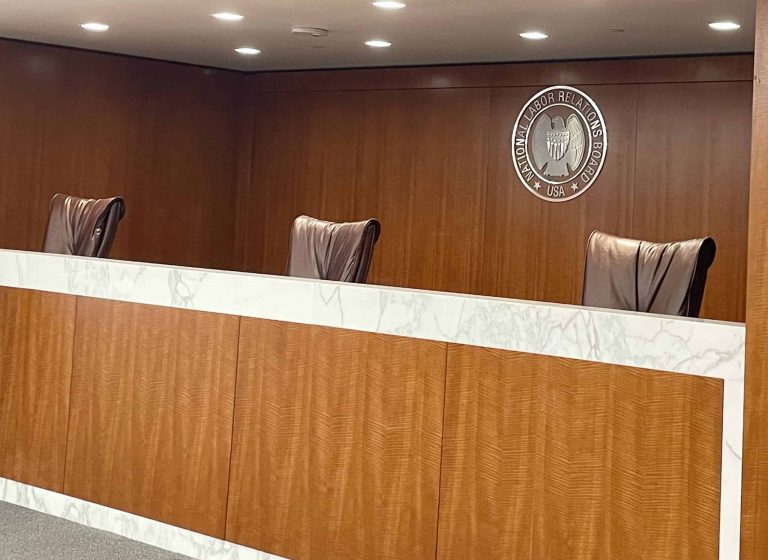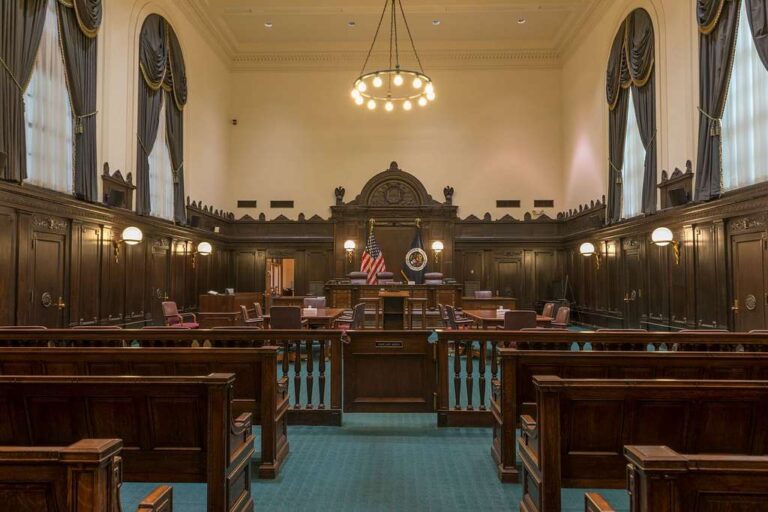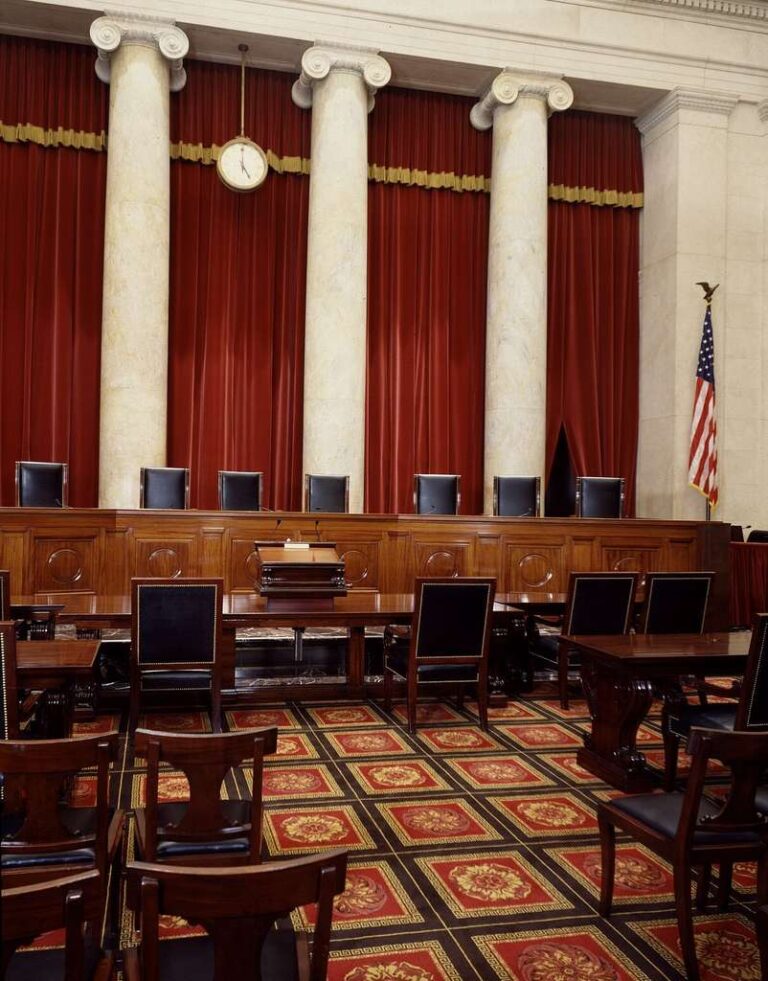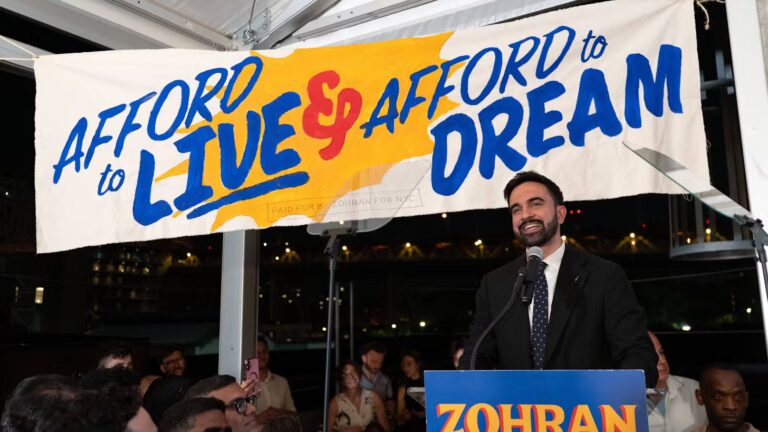
Darin M. Dalmat is a Senior Partner at Barnard, Iglitzin, & Lavitt LLP—a law firm in Seattle, Washington, that represents unions.
As expected, the Supreme Court overturned Chevron in Loper Bright. Many read the decision as a judicial attack on the execution of our dearest laws. Certainly, the Loper Court wasn’t shy in expressing contempt for agency regulation. Still, the decision leaves open wide paths for judicial deference to the NLRB. Whether lower courts will, in fact, follow those paths may well turn more on their receptiveness to anti-agency contempt than their appetite for legal analysis. For legally inclined courts, the roads to NLRB deference remain clear: (1) mixed factual-and-legal questions, and (2) delegations of interpretive discretion through broad statutory terms.
Mixed Questions
The Court opens the first door to deference in its discussion (at 10–11) of cases from the early 1940’s. One, NLRB v. Hearst Publications, is familiar to readers of this blog, which identified Hearst as one of several decisions where the Court deferred to NLRB orders because Congress used capacious language to define statutory rights and wrongs, while charging the Board with the initial duty to find facts and render opinions identifying those violations, thus necessarily endowing the Board with interpretive discretion. The Court does not overrule this line of cases or even call them into question. Instead, it tries (at 11) to cabin the reach of deferential review to “factbound determinations,” as opposed to statutory questions involving “pure legal question[s].”
Its own handiwork this Term, however, shows how easily that guardrail may be breached. In Wilkinson v. Garland, the Court ruled that the application of a statutory legal standard to an establish set of facts is a quintessentially mixed question of law and fact. Relevant here, the Court reaffirmed (at 11) that mixed questions of law and fact are not all alike. Some require more legal work, some more factual work. Where a “mixed question requires a court to immerse itself in facts,” the question presents “a more deferential standard of review.” Id.
As noted, well before Chevron, the Court itself told us time and again that NLRB orders get deference because NLRB adjudications necessarily involve the application of broad statutory terms to particular circumstances. See Heart Publications, Republic Aviation, Erie Resistor, Ford Motor, City Disposal, Pattern Makers.
The Court’s refusal (at 11–12, 13 n.3) to undercut this line of cases reaffirms their ongoing vitality. NLRB adjudications are always factbound and, under Loper, Wilkinson, and their forebearers, continue to warrant judicial deference. Concurring for himself, alone, Gorsuch (at 16) would go further, claiming that the Court “toyed” with Chevron-like deference for mixed questions until it abandoned that experiment on the eve of the APA’s enactment. That characterization cannot be squared with its 1945 decision in Republic Aviation, the post-APA, pre-Chevron cases just mentioned, or even its Wilkinson decision this Term.
However the Court would recharacterize its history, the logic of the substantial-evidence rule mixed with capacious, undefined statutory terms like “mutual aid,” “interfere with,” or “coerce” is inevitable. Parties will now simply fight over the murky middle between historical facts (protected by substantial-evidence review) and pure questions of law (subject to judicial review), where fact and law meet. That area—whether called a mixed question of law and fact or simply the application of law to fact—has always been the place where all the action happens.
When it comes to NLRB adjudications, the Court has not eliminated deference (and, in light of the statutory direction that facts be reviewed for substantial evidence, cannot do so). The fight has simply shifted to the characterization of questions as factual or legal.
Delegated Discretion
The Court overrules Chevron because, it says (at 13–18), Section 706 of the APA commands courts to decide legal questions by applying their own independent judgment. Its paean to textualism overlooks Section 701(a)(2), which expressly precludes judicial review “to the extent that agency action is committed to agency discretion by law,” thus forgetting its own admonition last year that “[t]extualist arguments that ignore the operative text cannot be taken seriously.” Sackett v. EPA, 598 U.S. 651, 684 (2023). Although it never cites Section 701, the Court at least recognizes the principles Congress safeguarded through that provision. It recognizes (at 17–18) that Congress may choose to delegate discretion to administrative agencies. And it properly acknowledges that Congress may do so expressly or implicitly. Implicit delegations occur simply through use of a broad “term or phrase that leaves agencies with flexibility.” Id. (cleaned up). For example, “appropriate” or “reasonable” are examples of such discretion-conferring terms.
By citing Allentown Mack (at 18), the Court apparently acknowledges that “majority”—in the sense of “majority support in the face of good-faith doubt”—along with so many words throughout the NLRA are discretion-conferring terms, at least when combined with Congress’s decision to place in the Board’s hands the initial decision of how to apply the Act’s many broad terms to specific situations amidst the complexities of industrial life.
Where Congress has, in fact, delegated discretion to an agency, a reviewing court’s job is simply to identify the bounds of the discretion Congress has delegated and, within those bounds, determine if the agency engaged in reasoned decisionmaking within those boundaries.
That sounds a lot like Chevron to me. The main difference between a Loper Bright world and a Chevron world is how far the presumption of agency discretion applies. Under Chevron, courts presume Congress gave all federal agencies reasonable interpretive discretion within statutory bounds, subject, of course, to rebuttal. Under Loper, the presumption is de novo review, subject to the rebuttal that Congress, in fact, delegated to a particular agency discretion under its particular statute with respect to a particular question.
Much of that proof has already been carried repeatedly, pre-Chevron, when it comes to the NLRB adjudications. (This post does not focus on NLRB rulemaking, which is expressly authorized under Section 6 “as may be necessary to carry out” the Act.) The obstacles to NLRB orders’ continued receipt of deference are therefore not legal ones. They are simply whether lower court judges will be more persuaded by the Court’s obvious contempt for the administrative state than they are by the law it itself hands down. Only time will reveal the answer to that question.
Meanwhile, we do well to recall the work deference accomplishes and its limits. As most parents know, “because I said so” is never as persuasive as a reason with purchase on one’s interlocutor. Deference can never be the ballgame. We also do well to remember that we have a wonderfully radical statute. Labor does better with faithful adherence to the NLRA than to a regime where the Congressionally-delegated degree of discretion is miscalculated.
The bigger threat than insufficient deference is, and has always been, a refusal—whether by courts or the Board itself—to take seriously the Congressional command that the “policy of the United States” is to protect workers’ “full freedom of association, self-organization, and designation of representatives of their own choosing, for the purpose of negotiating the terms and conditions of their employment or other mutual aid or protection.” 29 U.S.C. § 151.










Daily News & Commentary
Start your day with our roundup of the latest labor developments. See all
December 12
OH vetoes bill weakening child labor protections; UT repeals public-sector bargaining ban; SCOTUS takes up case on post-arbitration award jurisdiction
December 11
House forces a vote on the “Protect America’s Workforce Act;” arguments on Trump’s executive order nullifying collective bargaining rights; and Penn State file a petition to form a union.
December 8
Private payrolls fall; NYC Council overrides mayoral veto on pay data; workers sue Starbucks.
December 7
Philadelphia transit workers indicate that a strike is imminent; a federal judge temporarily blocks State Department layoffs; and Virginia lawmakers consider legislation to repeal the state’s “right to work” law.
December 5
Netflix set to acquire Warner Bros., Gen Z men are the most pro-union generation in history, and lawmakers introduce the “No Robot Bosses Act.”
December 4
Unionized journalists win arbitration concerning AI, Starbucks challenges two NLRB rulings in the Fifth Circuit, and Philadelphia transit workers resume contract negotiations.